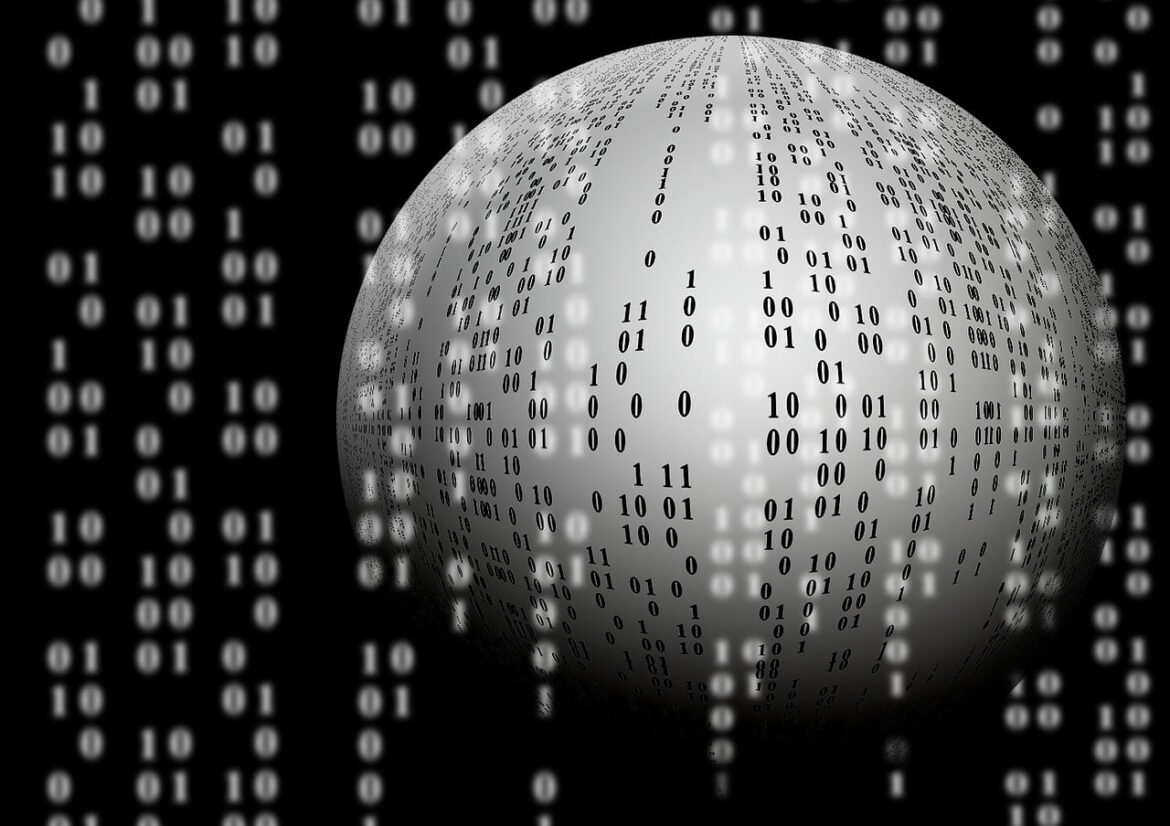774
The binary system – simply explained – is an important concept in computer science and plays a crucial role in the way computers work
The binary system explained simply: how it works
The binary system is a number system in which only the digits 0 and 1 are used. It is the basis of digital technology and forms the basis for computers and all digital devices. In simple terms, the binary system works as follows:
- In the binary system, numbers are represented with a base of 2, in contrast to the decimal system with a base of 10.
- Each digit of a binary number represents a power of 2, e.g. the right-hand digit represents 2^0 (1), the next digit represents 2^1 (2), then 2^2 (4), 2^3 (8) and so on.
- In binary numbers, only the digits 0 and 1 can be used. If a number is greater than 1, the overflow is transferred to the next digit. Example: 1 + 1 = 10 (in binary code), which means 1 + 1 = 2 in the decimal system.
What is the binary system used for?
The binary system is used for digital communication and storage in computers and other electronic devices. As electronic circuits can only distinguish between two states (on/off, on/off), the binary system is ideal for representing data in these devices.
- Conversion of a decimal number into a binary code: To convert a decimal number to binary code, the number is divided by 2 and the remainders are noted from right to left to create the binary code. Here is an example: Decimal number: 13 13 ÷ 2 = 6 remainder 1 6 ÷ 2 = 3 remainder 0 3 ÷ 2 = 1 remainder 1 1 ÷ 2 = 0 remainder 1 Binary code: 1101
- Converting the binary code into a decimal number: To convert a binary code into a decimal number, multiply each digit by the corresponding power of 2 and add the results. Here is an example: Binary code: 1101 1 * 2^3 + 1 * 2^2 + 0 * 2^1 + 1 * 2^0 = 8 + 4 + 0 + 1 = 13 Decimal number: 13
